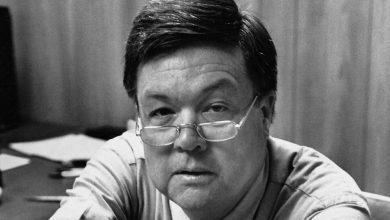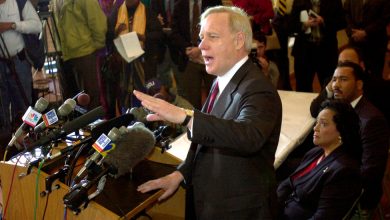Income Inequality Has Been Transformed Globally

In 1974, the libertarian political philosopher Robert Nozick famously defended inequality by offering a thought experiment involving Wilt Chamberlain. Imagine you lived in a society, he proposed, where the distribution of wealth had been orchestrated to be just — perhaps even egalitarian. But then imagine that a seven-foot celebrity superstar athlete arrived, and the citizens of that society were given the opportunity to pay to watch him. Who could argue he shouldn’t get rich? This was, for Nozick, an illustration of his more general “entitlement theory,” with Chamberlain an undeniable example of exceptional merit’s deserving, by rights, exceptional rewards.
The previous year, Chamberlain’s salary was $250,000, about 20 times the median household income. Today a basketball player earning 20 times the median wouldn’t be making much more than the N.B.A.’s minimum salary for rookies, $1.1 million. Those who play even a few minutes a game are typically — compared with Americans earning average paychecks — several times richer than Chamberlain ever was. Superstars are many times richer still. The most high-profile new contract this season was signed by Jaylen Brown of the Celtics, and it pays more than $60 million per year, about 800 times the median U.S. salary. Compared with the gap between the American median and Chamberlain’s exceptional rewards, that is a fortyfold increase. And Brown is hardly a household name like Wilt, or for that matter Steph or LeBron. This year, he may be only the fifth-best player on his team. As Boston fans know all too well, he can’t even really dribble.
Athletes, like entertainers, have always been complicated case studies in American oligarchy. They are both entrepreneurs and labor, wealthy and yet often exploited, and have operated for 50 years in an endless boom cycle for the business of sports. But as avatars of the superstar-economy era, athletes — like the entertainers Taylor Swift and Beyoncé, whose tours this year have apparently had a notable effect on national G.D.P. — they play an outsize role in illustrating the country’s inescapable economic morality tale: While an awful lot has changed about America and the world since 1974, it sometimes seems that the biggest and most important change is the social fact of exploding income inequality.
In the aftermath of the financial crisis, the country was given a crash course, first by the Tea Party and Occupy Wall Street, then by Thomas Piketty and his book “Capital in the 21st Century.” We learned about the Gini coefficient, which measures the relative inequality of a society, and we learned that, in recent decades, it had grown considerably. We learned that the ratio of chief-executive pay to worker pay grew to 200-to-1 today from 60-to-1 in 1989 and from 20-to-1 in 1965. And we watched the rise of Bernie Sanders and the presidency of Donald Trump — who in accepting the Republican nomination directed his gaze at those left behind by financialization and globalization and announced, “I am your voice” — and interpreted them alongside Brexit and Boris Johnson and Jair Bolsonaro as facets of a hodgepodge international backlash to the neoliberal era and the inequalities it produced.
Culturally, the age of inequality is still churning: Over just the last six months, we’ve had the song “Rich Men North of Richmond” and Shawn Fain’s leading the United Auto Workers into a triumphant labor war with Detroit’s Big Three while wearing an “Eat the Rich” T-shirt. But at the structural level, our picture of American inequality also seems to be changing. According to some measures, U.S. income inequality hasn’t meaningfully grown over the last decade, the very period in which it has become such a potent cultural and political meme. And in the last few weeks, several high-profile critiques of Piketty’s narrative-setting work have been published, both in academic journals and in outlets like Bloomberg and The Financial Times — with mostly right-of-center commentators suggesting that the story of ballooning inequality, and of our return to the robber barons of the Gilded Age, was all methodological illusion and that inequality hadn’t actually been growing at all.
Piketty compares this to climate denial, and almost certainly the critique is oversold. It’s not just Piketty and his colleagues who have documented significant increases in inequality since 1980, but also the Government Accountability Office, the Congressional Budget Office, the Bureau of Labor Statistics, the Census Bureau and the Federal Reserve. You can quibble about which data set to use and exactly how to measure things, the economist Branko Milanovic says, and you get somewhat different estimates for the size of the effect. “But I think if you take 1980 and take 2006, I think there is no doubt that — throughout the ’80s and ’90s and early 2000s — inequality just went up.”
We are having trouble retrieving the article content.
Please enable JavaScript in your browser settings.
Thank you for your patience while we verify access. If you are in Reader mode please exit and log into your Times account, or subscribe for all of The Times.
Thank you for your patience while we verify access.
Already a subscriber? Log in.
Want all of The Times? Subscribe.



